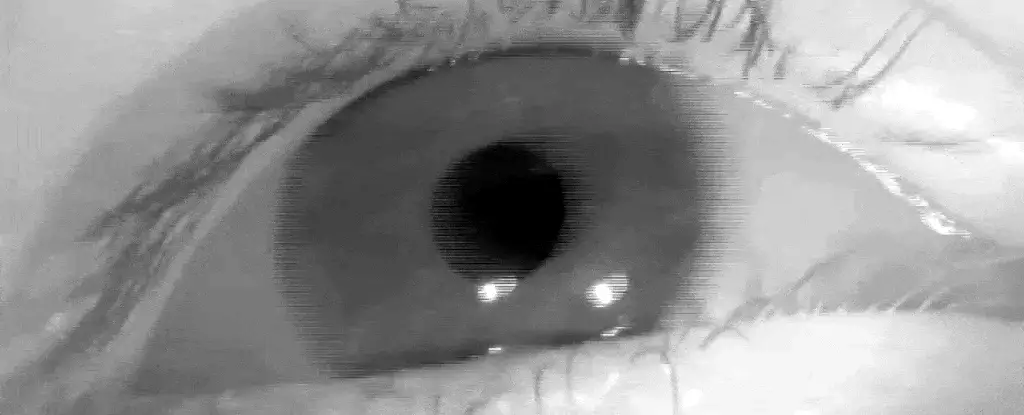The quest for early detection of Alzheimer’s disease has taken an intriguing turn with groundbreaking research that suggests we might be able to “listen” to the eye movements of patients through microphones placed in their ears. Current diagnostic methods for Alzheimer’s can often be invasive or challenging to administer, emphasizing the need for innovative solutions that are both accessible and effective. This new method focuses on analyzing a specific type of eye movement known as saccades—rapid movements of the eye that are essential for scanning and interpreting our visual environment. By employing a technology called hearables, researchers aim to create a non-invasive diagnostic tool that can potentially detect early signs of cognitive decline and monitor the progression of Alzheimer’s disease more effectively.
Saccades are quick, jerky movements that occur when the eyes shift focus from one point to another. These movements are not just casual eye twitches; they require a complex interplay of motor skills and cognitive processes. According to experts in neurology and engineering, these small but critical actions can serve as indicators of cognitive health. In the early stages of Alzheimer’s, research has shown that saccades tend to become slower and less accurate, reflecting the cognitive decline associated with the disease. This connection between eye movements and brain health opens up the possibility for early detection, before more overt symptoms manifest.
The researchers, led by electrical engineer Rachel Bouserhal from École de Technologie Supérieure and neuroscientist Chris Niemczak from Dartmouth College, are exploring the use of hearables—earpieces fitted with in-ear microphones designed to capture physiological signals. Unlike traditional diagnostic tools like eye trackers, which can be cumbersome and costly, hearables offer a less obtrusive alternative. These devices have the potential to continuously monitor a variety of health-related signals, making it easier for individuals to be assessed over extended periods. Electrical engineer Miriam Boutros emphasizes that the goal is to develop algorithms that can analyze data collected from these hearables to detect symptoms early on.
How It Works: The Science Behind the Detection
The premise of this method relies on the subtle but measurable vibrations created by the saccades, which can be detected by sensitive microphones. Our eyes produce tiny movements that generate vibrations in the eardrums; typically, our brain filters out these sounds, meaning we are often unaware of them. However, for individuals with specific conditions, the sound of their eye movements becomes perceptible. By harnessing this unique phenomenon, researchers aim to provide a source of data that can reveal intricate details about a patient’s cognitive state. The study involves equipping 70 participants—35 diagnosed with Alzheimer’s or mild cognitive impairment and 35 healthy individuals—with both hearables and traditional eye-tracking devices. This dual approach allows researchers to verify whether the data gathered from hearables correlates with the more conventional methods.
Future Implications: A Broader Scope for Disease Detection
The potential to apply this research to other cognitive conditions besides Alzheimer’s could revolutionize how we approach neurological diagnoses. While the initial focus remains on Alzheimer’s, the technology’s adaptability suggests it could also serve as a differential diagnostic tool for other diseases characterized by similar saccadic latencies. As electrical engineer Arian Shamei indicates, the ultimate aim is to expand the scope beyond Alzheimer’s disease and differentiate among various conditions through in-ear signals. This could lead to personalized health monitoring and interventions tailored to individual patients, enhancing the overall quality and timeliness of healthcare.
The convergence of neurology and technology presents exciting possibilities for early diagnosis and ongoing monitoring of Alzheimer’s disease. By leveraging simple and already ubiquitous technologies like hearables, this research project not only streamlines the diagnostic process but also removes the barriers associated with traditional eye tracking. As studies like this one progress, we inch closer to a future where cognitive declines can be addressed proactively rather than reactively, offering patients and families hope for more effective management of Alzheimer’s and potentially other neurological diseases. The promise of such innovations could ultimately transform how we understand and interact with cognitive health, bringing us into an era of enhanced accessibility and precision in healthcare.

Leave a Reply